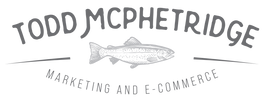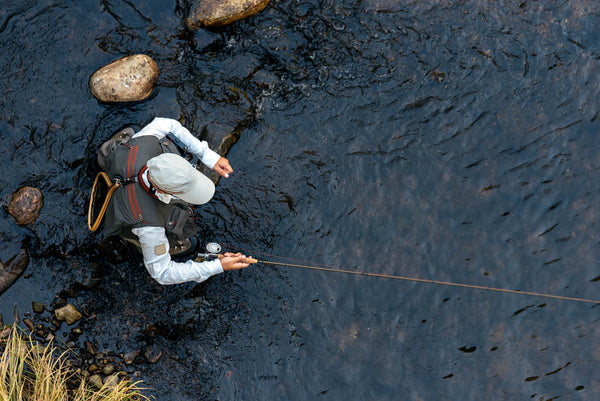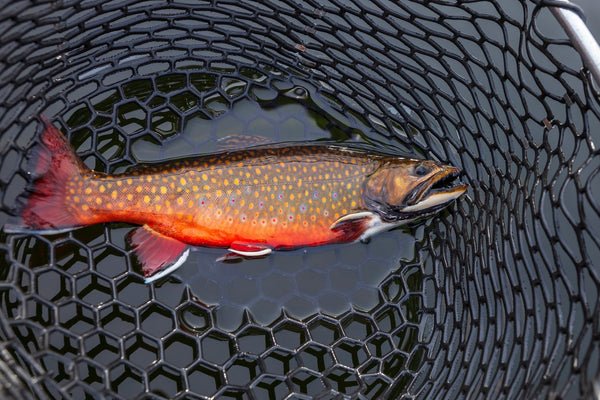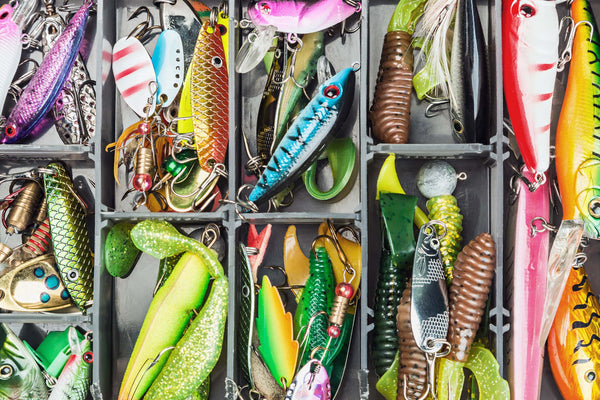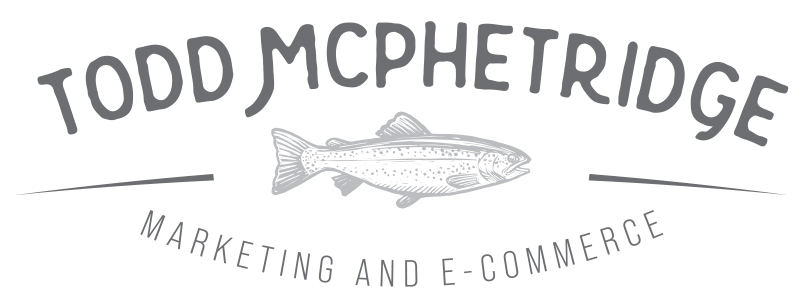SEO Keyword Strategies for Outdoor Brands
How to Increase Search Visibility and Attract Qualified Traffic
Outdoor brands face increasing competition as new companies enter the market each year. Whether you manage an outdoor gear store, a hunting outfitter, or a fishing charter, standing out online depends on how effectively your content matches what people are searching for. The foundation of every successful SEO campaign is keyword strategy. Understanding how to research, target, and apply the right terms can elevate your brand visibility and attract high-intent customers.
Why Keyword Strategy Matters
SEO keyword optimization helps search engines understand what your content is about and ensures your pages appear when potential customers search for related products or services. For outdoor brands, the right keywords position you in front of buyers actively looking for what you offer, improving both visibility and conversions.
Step One: Conduct Focused Keyword Research
Keyword research identifies the exact terms your audience uses to find businesses like yours. For outdoor companies, this might include gear-related searches, local guides, or adventure services. The more accurately you match your keywords to customer intent, the more likely you are to attract qualified traffic.
- Define Your Audience: Determine who your ideal customers are. Are they anglers, hunters, campers, or off-road enthusiasts? Each segment uses different terminology when searching online.
- Use Reliable Tools: Research with platforms like Google Keyword Planner, SEMrush, or Ahrefs. Look for keywords that have steady volume and manageable competition. Examples include “guided elk hunting trips,” “deep sea fishing charters,” or “ultralight camping gear.”
Step Two: Analyze Your Competitors
Competitor analysis reveals what is already working in your niche. By studying how other outdoor brands structure their content and target search terms, you can uncover gaps and opportunities that set your business apart.
- Review Competitor Websites: Identify which keywords competitors rank for and which drive the most traffic.
- Find Keyword Gaps: Discover terms competitors are ranking for that you are not. These gaps can guide future blog topics and landing pages that capture untapped search volume.
Step Three: Optimize Your On-Page Content
Once you have identified your target keywords, implement them thoughtfully across your website. Avoid overuse and focus on natural integration that enhances readability and user experience.
- Strategic Placement: Include primary keywords in page titles, meta descriptions, and headings. Secondary terms can appear in subheadings and body text.
- Readable Flow: Maintain a keyword density around 1–2%. Write naturally, ensuring your content provides value and clarity to visitors.
- Metadata Optimization: Update title tags and meta descriptions to include search-friendly terms and clear calls to action.
Step Four: Develop High-Quality Content
Search engines reward websites that publish informative and original content. Each article, video, or guide should be designed to answer real questions and deliver practical insights for outdoor enthusiasts.
- Focus on User Intent: Create content that directly addresses what your audience is trying to learn or buy. Examples include “How to Choose the Right Fly Rod for Trout Fishing” or “The Best Camping Tents for Family Trips.”
- Update Regularly: SEO is not static. Refresh older pages with updated keywords, images, and statistics to keep content relevant.
- Vary Formats: Incorporate blog posts, infographics, and short videos to reach users across different platforms.
Step Five: Monitor and Refine Your Keyword Strategy
Continuous tracking ensures your SEO strategy remains effective as search behavior evolves. Use analytics tools to measure progress and adapt based on performance data.
- Track Key Metrics: Monitor organic traffic, click-through rates, and keyword rankings using Google Analytics and Search Console.
- Make Data-Driven Adjustments: Replace underperforming keywords with more relevant terms, and double down on those producing strong engagement and conversions.
Strengthen Your SEO Foundation
Consistent keyword optimization is one of the most reliable ways to grow organic traffic and build authority in the outdoor industry. When your content aligns with what customers are searching for, your brand becomes a trusted resource and a visible leader within its niche.
For personalized guidance and SEO strategy development, visit Marketing Consultant to learn how professional consulting can enhance your digital performance and long-term visibility.
